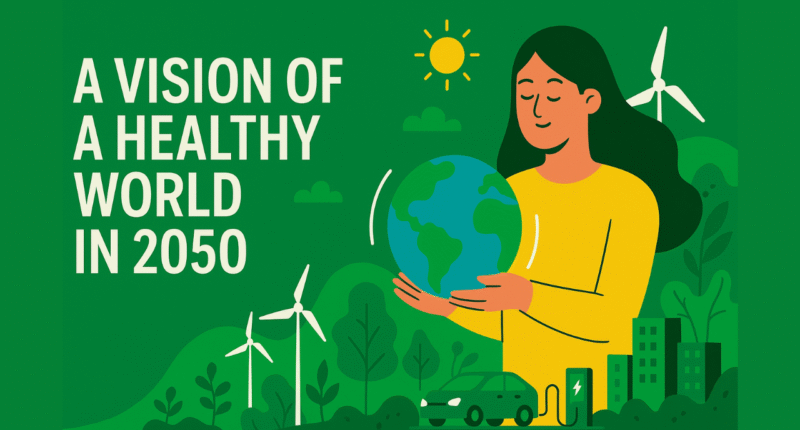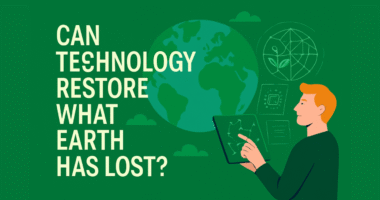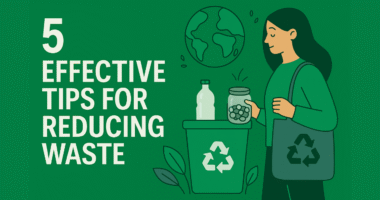The year 2050 may seem far away, but the choices we make today will define the state of our planet for future generations. From climate change to technological innovation, humanity stands at a turning point. Creating a healthy world in 2050 is not just a dream—it is a possibility if we take action now. This article explores what that future could look like and the steps needed to achieve it.
What a Healthy World in 2050 Could Look Like
Imagine a world where cities are green, clean, and sustainable. Renewable energy powers homes and industries, while transportation runs on electricity or hydrogen instead of fossil fuels. Forests thrive, oceans are free of plastic, and biodiversity is flourishing. People enjoy clean air, safe drinking water, and nutrient-rich food produced through sustainable farming practices.
Key Features of a Healthy World in 2050
-
Carbon neutrality achieved by switching to renewable energy.
-
Green cities filled with eco-friendly buildings, urban forests, and smart transportation.
-
Sustainable food systems that eliminate hunger while reducing waste.
-
Thriving biodiversity with restored habitats and protected species.
The Role of Technology in Building a Healthy Future
Technology will play a central role in shaping this vision.
1. Renewable Energy and Clean Power
By 2050, solar, wind, and hydroelectric energy could dominate the global market, ending our reliance on polluting fossil fuels. Advances in battery storage and smart grids will ensure reliable access to clean energy everywhere.
2. Smart Agriculture
AI, robotics, and precision farming will transform agriculture, reducing water waste and maximizing yields. Vertical farms in urban centers will provide fresh food while minimizing land use.
3. Environmental Monitoring with AI and IoT
Smart sensors and artificial intelligence will monitor air quality, ocean health, and forests in real-time. This data will help governments and organizations respond quickly to environmental threats.
Human Behavior and Lifestyle Changes
Technology alone cannot create a healthy world in 2050. People must adopt sustainable habits.
Shifts Needed by 2050
-
Waste reduction through recycling, composting, and reusing products.
-
Green diets with less reliance on resource-heavy meat and more plant-based foods.
-
Eco-friendly transportation choices like biking, walking, and shared electric vehicles.
-
Support for conservation efforts to protect forests, oceans, and wildlife.
Challenges on the Path to 2050
Reaching this vision will not be easy. Some of the challenges include:
-
Resistance from industries that profit from fossil fuels.
-
Unequal access to green technologies in developing nations.
-
Political conflicts that delay global cooperation.
Despite these obstacles, the progress already being made in renewable energy, sustainable farming, and conservation gives us hope.
Conclusion
A vision of a healthy world in 2050 is achievable if we act now. By combining technological innovation, sustainable lifestyles, and global cooperation, humanity can create a future where both people and nature thrive. The journey to 2050 begins today—with choices that prioritize clean energy, sustainable living, and respect for the planet. A healthier world is not just possible—it is within our reach.









